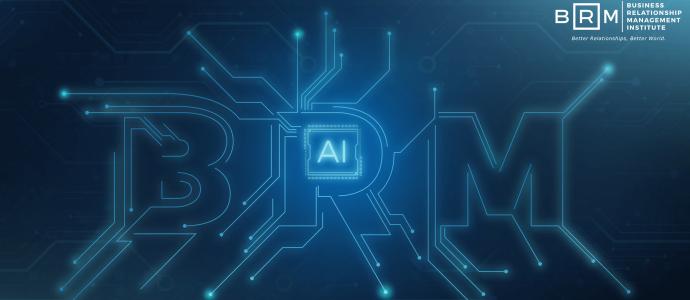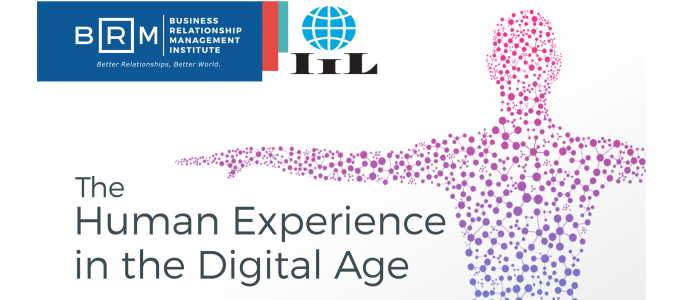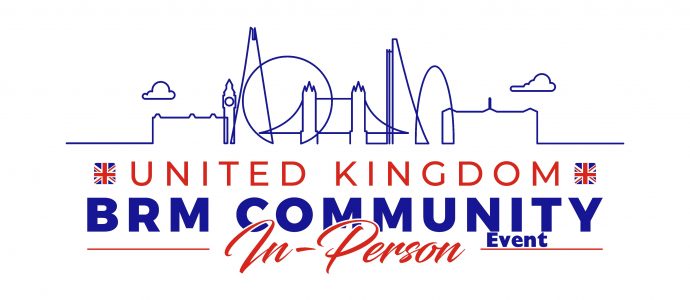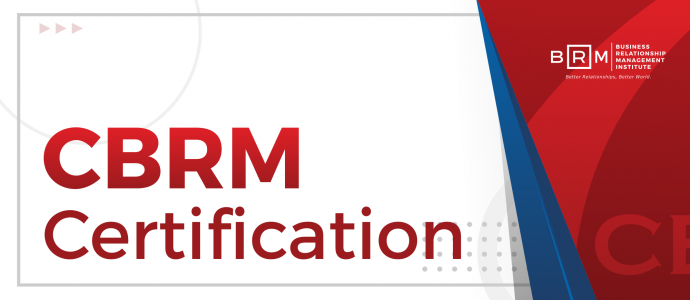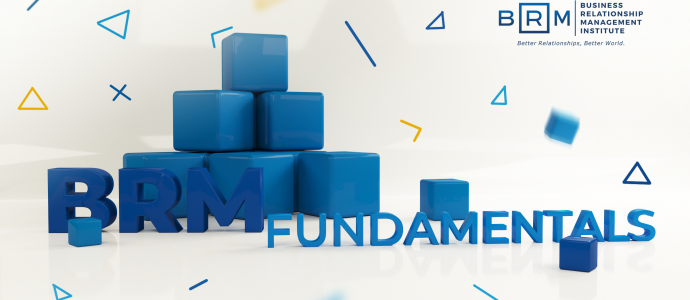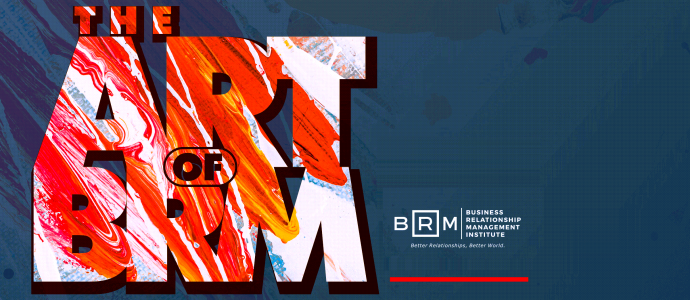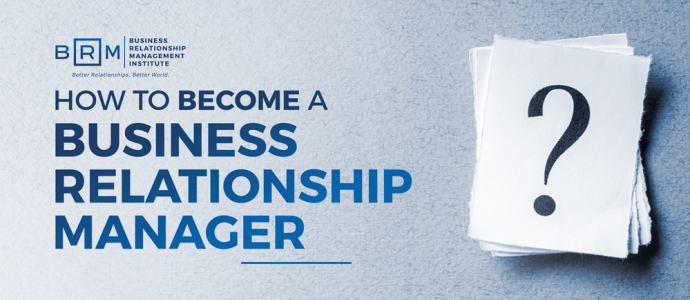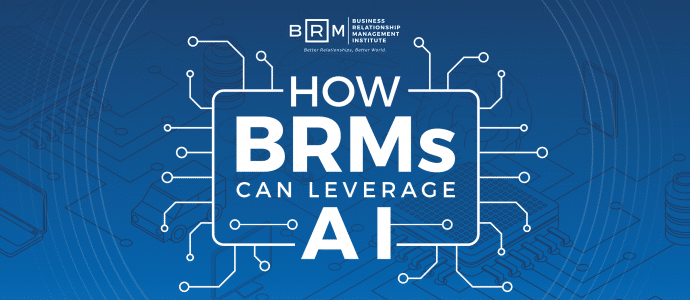BRM Capability
A business relationship management capability is everything it takes, both visible and invisible, to nurture relationships in an organization. Examples of visible components are meetings, artifacts, and professional development, while examples of invisible components are knowledge learned, experience gained, trust, and confidence-building. Used effectively, these components build the endless reserve of energy necessary to evolve culture, build partnerships, drive value, and satisfy purpose.
The business relationship management capability facilitates culture advancement, driving it to one of trust, creativity, innovation, authenticity, and shared ownership across the organization. A mature business relationship management capability converges cross-functional teams to create holistic strategies that deliver organizational value and meaningful results.
Click here to learn more on: BRM Capability Defined | BRM Capability Success
BRMxGenAI: Meet My New Best Friend
As we step into 2024, let’s embrace it as a year of experimentation and discovery. After all, with Generative AI tools, your success is largely influenced by the quality and creativity of your prompts. The potential of these tools is immense, opening new avenues in efficiency, creativity, and innovation. If you’re eager to dive deeper and uncover how Generative AI can transform your work and business practices, join us on February 16th for a special webinar on this fascinating subject.
How to Re-Establish the Relationship Between Business Partners and Technology
Relationships are strengthened when we demonstrate that what we say we are going to do is done, when we manage to gain the trust of our business partners because we work in such a way that we achieve the strategic objectives of the organization. When we understand that we all share ownership for the success or failure of the organization and we help each other to achieve our objectives.
BRMs and Healthcare AI-Partnering for Success
The BRM role brings essential knowledge and relationships to this documentation, evaluation, and prioritization process. A good BRM will possess strong clinical workflow knowledge – including strong enough relationships to facilitate shadowing clinical workflows by IT team members and to generate powerful narratives to advocate for innovation.
Measuring the Value of Business Relationship Management
All of us want to be appreciated. Gratitude is something we all seek and is a vital and necessary part of a healthy life. When we serve, sacrifice, or contribute, a desire or need for appreciation is natural. This is true in our personal lives and in our professional lives. Appreciation is a necessary recognition that drives, motivates, and fulfills at work. However, appreciation alone is not enough.
The Human Experience in the Digital Age | White Paper
Download BRM Institute’s white paper, “The Human Experience in the Digital Age.” Written by Steve Plante, this white paper discusses how people worldwide are able to be human again with the help of digital capabilities, purpose-based social systems, and the rise of business relationship management.
Empowering BRMs Using Emotional Intelligence
It’s been observed that the pivotal factor in the personal development of BRMs lies in the profound emphasis on Emotional Intelligence. While technical skills and expertise undoubtedly contribute to BRMs’ achievement, mastery of Emotional Intelligence sets them apart and drives their effectiveness. Emotional Intelligence is the ability to recognize, understand, and manage one’s own emotions and the emotions of others. It involves being aware of emotional cues and using this awareness to navigate interpersonal interactions and relationships effectively.
Next Gen IT: The New CIO
If you’re curious at all, you can’t help but wonder what the future holds for businesses, jobs, and our families. I think it is natural to wonder what life will be like in the future. In the world of technology, futurists have predicted the end of the CIO, software that writes itself, and that IT itself will become irrelevant in business.
Garnering CFO Support for Leveraging Your BRM Capability
As we approach the end of the year, the promise of a new year brings with it the opportunity to reflect on our professional journeys and consider how we can enhance our skills and knowledge in the year ahead. And what better way to do so than by making the most of your company’s professional development budget? With unspent funds often left unused, it’s crucial to understand how to effectively request and leverage these resources for your own growth and development.
The Significance of Empathy in BRM
But when looking at top performers in this space, one trait stands out more than others: their ability to connect – and relate – to people as human beings.
High performers don’t see others by title, role, or office. They see them as people and engage them that way. That’s what most people do in their personal lives. But for some reason, they act differently in their professional lives and let stature influence the way they connect with others.
The best BRMs know that one of the ways to build meaningful relationships is to connect to others as human beings and not by job title. This means genuinely understanding the other person…their values, what motivates them, and how they see their world. It means seeing things from their perspective and feeling what they feel.
The United Kingdom BRM Community Event 2023
We extend a warm invitation to BRM professionals to join us for an exciting event, filled with networking opportunities, engaging interactions with colleagues, and invaluable learning experiences from esteemed speakers. This event promises dynamic speakers who are ready to share their expertise, and additionally a lively Q&A session which will allow you to directly interact with these thought-leaders, fostering enriching discussions and meaningful connections.
The Evolved Certified Business Relationship Management (CBRM®) Pilot
The Evolved CBRM Inaugural course is your invitation to lead, innovate, and create a significant impact on a global scale. This will be more than just a course; it’s an opportunity to shape the future of CBRM® training. A small, select group will have the opportunity to earn an official BRM Practitioner certification, as well as participate in the active feedback and development of this program before its final rollout. Deepen your BRM expertise, network with peers, and contribute to the evolving curriculum designed for the next generation of BRM professionals.
The BRM Fundamentals: Empowering Professionals in Relationship Management
Crafted with the intention of empowering professionals, the BRM Fundamentals course offers a powerful learning experience that combines theoretical concepts with practical application. Through a series of engaging modules, participants are guided through various aspects of BRM, gaining insights and skills to foster relationships that transcend mere transactions and evolve into strategic partnerships.
The Art of BRM: How to “Do” the BRM Role
BRM is much more of an art than science. Learning the science is helpful, but learning the art of performing the BRM role is invaluable.
How to Become a Business Relationship Manager
In case you missed it…the recent APMG webinar, Level Up Your Career: How to Become a Business Relationship Manager, is a 60-minute interactive Q&A session where five BRM expert panelists answered viewer-submitted questions about becoming a BRM.
The skilled panel took turns masterfully offering their expertise around BRM and what it means to thrive as a BRM in your organization. Let’s get right to it and dive into a few questions and answers from the session.
Building Bridges with BRM and Agile
By combining these methodologies, you can create a powerful toolset that delivers business value incrementally and iteratively. This approach can provide a competitive advantage for your company and add value to you as a BRM.
How BRMs Can Leverage AI
Artificial Intelligence is becoming increasingly prevalent in the business world, and while some professionals and organizations are hesitant to incorporate it into their processes, others have fully embraced its potential to streamline operations and improve customer satisfaction. However, for relationship-centered organizations, the question remains: does AI represent a threat to the human touch that is essential to building and maintaining strong connections with clients, stakeholders, and partners? The answer is no.
Unlock the Infinite: Triple Bottom Line
The triple bottom line shifts the focus from profits, a trailing indicator, and changes the focal point to people, purpose, and planet, a leading factor for organizations to perpetually thrive. The triple bottom line is about the never-ending future of the organization—not its recent past. It’s a much more inclusive way to participate in your organization, and it encourages a more meaningful work environment while inspiring a shared ownership mentality.
Professional Development, Resolutions, Recession, and YOU!
Instead of being fearful, face forward and be fearless! Sometimes you can’t wait for the world to catch up and you must decide to lock the back door to the caboose and travel the distance to the front of the train. No matter how many times you may lose your balance or how many stops along the way, reaching for that next step in your career and obtaining it is exactly what you need


